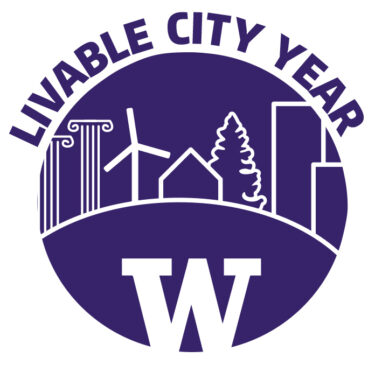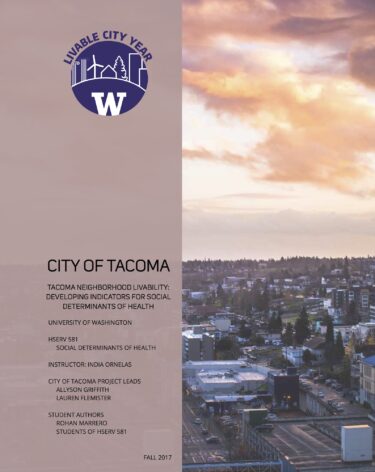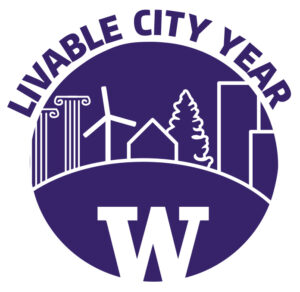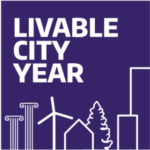Tacoma Neighborhood Livability: Developing Indicators for Social Determinants of Health
Livable City Year 2017-2018 – City of Tacoma
UW Faculty: India Ornelas, School of Public Health
City Project Leads: Allyson Griffith, Neighborhood and Community Services; Lauren Flemister, Planning and Development Services
Project summary
The goal of this project was to develop a list of indicators, across a number of social determinants of health, that the City of Tacoma can use to track and monitor neighborhood health and livability. The structural conditions under which people are born, live, work, and play share an important role in shaping individual and population-level health outcomes. These factors include the schools, grocery stores, parks, employment opportunities, rates of foreclosure, age, race, and ethnicity that can influence both individual and community-level health. By implementing usage of these indicators, City leadership and departments can analyze, interpret, and correlate indicators of social determinants of health and track efforts to promote neighborhood well being.
Students collaborated with representatives from the departments of Neighborhood and Community Services and Planning and Development Services to identify indicators across seven domains. The students performed literature reviews, key informant interviews with community leaders, and neighborhood stakeholders to generate a list of recommended indicators for each domain, complete with potential data sources or plans for how indicators could be collected in the future by other students and/or City staff. Students focused on three neighborhoods in the report — Hilltop, Lincoln District, and the South End — due to these neighborhoods’ disparate health outcomes.
The following are a selection of the proposed domains of neighborhood livability that the City of Tacoma may consider as they move forward. Within each of these domains, students have proposed individual indicators and metrics to understand the health impacts of each of these domains at the neighborhood level:
- Health and Social Services: These critical services include health promotion activities, illness prevention, diagnosis and treatment, and rehabilitation. They span preventive medicine, mental health, chronic care management, oral health, reproductive health, pediatric care, public safety, and emergency care.
- Housing: Beyond the basic human need for shelter, housing is a social determinant of health that impacts access to health and social services, income & employment opportunities, environmental exposures, access to quality education, and food access.
- Education: Not only is more education linked to better health outcomes, this social determinant of health also intersects with income, employment, and social status and, by extension, housing, food security, working conditions, and access to health care.
- Income and Employment: Economic opportunities play an important role in the health of a community and impact housing choices, environmental exposures, access to education and food, and directly impact the health of individuals.
- Food Access: Inadequate food access can impact health and lead to poor nutrition and chronic health conditions, but it can also impact academic and professional performance, economic attainment, social well-being, and have far reaching consequences for other intersecting social determinants of health.
- Parks and Recreation: The quality and accessibility of parks and recreation can play a major role in promoting healthy behaviors within communities and these changes towards healthier lifestyles can improve physical and mental health and a sense of investment and connection to a community.
- Arts and Culture: Participation in arts and cultural events improves both physical and mental health outcomes and also foster economic development, community building, and higher-quality education.
By implementing this system of improved, neighborhood-level data collection, the City of Tacoma can have more information to prioritize funding and programming to address barriers to health and livability. Most importantly, if Tacoma can implement and act upon these metrics, residents across the city would have greater opportunities to lead healthier lives and thrive within their communities.
Part of the 2017-2018 Livable City Year partnership between the University of Washington and the City of Tacoma.
See all Livable City Year projects in Tacoma that UW students and faculty worked on during the year-long partnership.







